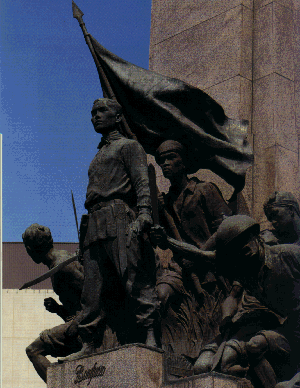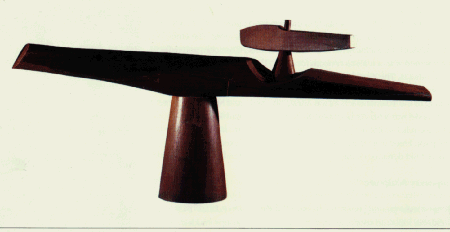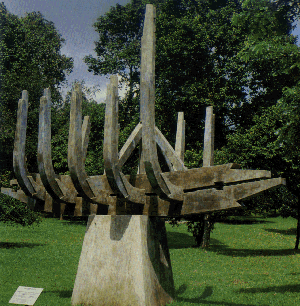

Filipino sculptors came to be known in the middle of the 19th century. Classical Philippine sculpture reached its peak in the works of Guillermo Tolentino (1890-1976). His best known masterpiece is the Bonifacio Monument, which is a group sculpture composed of numerous figures massed around a central obelisk. The principal figure is Andres Bonifacio, leader of the revolution against Spain in 1896. Behind him stands Emilio Jacinto, the brains of the Katipunan. The Bonifacio Monumen t - completed in 1933 -- marked the apex of Tolentino'ís career.

Napoleon Abueva (born 1930), one of Tolentino'ís pupils, is one of the pioneering modernists in sculpture. He used various media. And his stylization bordered on the abstract as in Allegorical Harpoon, in which the dominant horizantal thrust of the figure evokes the vitality of primitive forms.

Abueva'ís more famous work is Fredesvinda , which was included in the First ASEAN Sculpture Symposium held in Fort Canning Hill, Singapore, from March 27 to April 26, 1981.

Source:National Commission for Culture & the Arts
http://www.philserv.com/ncca